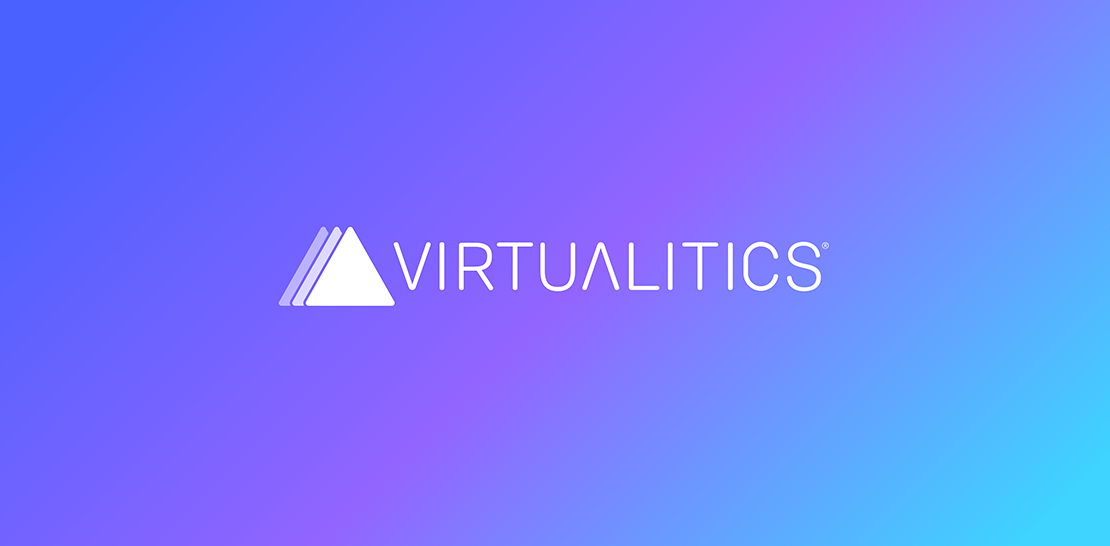DATA VISUALIZATION, VIRTUALITICS NEWS
3 Visualizations That Will Help You Find Efficiencies
.png)
Written by Virtualitics
Sep 14, 2021 7:28:00 AM

Data is used throughout the organization—from marketing and HR to IT and inventory management—so data analysis results need to be easy for anyone to understand.
The primary purpose of data analytics is to find information that is hidden within the data and then use that information to drive some sort of action. But, often, the data—and the information pulled from it—is complex. It can be difficult to convey the actionable information to stakeholders and decision makers, who in all likelihood don’t have a background in data science.
Data visualization is frequently used as a tool to bridge that gap between analysis and understanding by translating information into a visual context that makes data easier for the human brain to make sense of.
The Benefits of Data Visualization in Data Analytics
Data visualizations take complex, multi-source data and compile it into an easy-to-understand representation that clearly defines the most important and relevant information. Visualizations make it easier to identify patterns, trends, and outliers in large data sets, which helps draw out useful insights that otherwise would remain hidden.
When data is presented visually, especially three-dimensionally, these insights can be absorbed more quickly, which helps speed up decision-making and drive data-based action.
Data visualizations also simplify collaboration across geographies. Team members and stakeholders can explore and analyze data visualizations together in real time, no matter where they are located.
3 Ways Visualizations Find Efficiencies
Many industries—including manufacturing, energy, natural resources, aerospace, telecommunications, and transportation and logistics—use data visualizations to find efficiencies in their processes. Visualizations help organizations get the maximum value from their data analytics efforts and use the information to make better decisions and improve business outcomes.
Here are a few examples of how data visualizations help businesses find efficiencies in three very different industries.
1. Process Improvement
The logistics industry ensures essential goods are delivered to the right place on time and on budget.
One way logistics teams accomplish this is by determining the most efficient routes for delivery drivers, so the business saves time, money, and fuel. Calculating savings and efficiencies based on route is practically impossible to do “in the wild,” which is where data visualizations come in.
Data analysts incorporate data from disparate sources, such as mileage logs, fuel sensors, and GPS, to create a 3D visualization that not only shows the most efficient options but also allows business stakeholders to manipulate variables to measure their impact on the target data.
2. Performance Monitoring
In this example, a sustainable energy provider is looking for the root cause of frequent equipment failures. In order to do so, the provider needs to be able to monitor and quickly analyze sensor data to determine the condition and performance of its equipment.
Visualizations let this organization analyze sensor data from its wind turbines to quickly characterize why the equipment might be behaving a certain way. By adjusting the variables shown in the visualization to have the greatest impact on the target, the energy provider is able to pinpoint the cause of the failure and resolve the issue.
3. Predictive Maintenance
Fleet maintenance is a prime use case for data visualization. Artificial intelligence-driven predictive models can be used to identify parts or systems at risk of failing. This information is then used to alert maintenance teams of potential issues so they can take proactive maintenance action and minimize downtime.
Data analysis and visualization tools can also be integrated into automated inventory systems. This allows maintenance teams to keep track of which parts fail most frequently so they can always have those parts in stock when they are needed.
Use Visualizations to Supercharge Your Data Analytics
Data visualization is a fast and efficient method of communicating complex information in a universally understood way.
Using multi-dimensional visualizations and 3D digital objects, you can connect your entire ecosystem of data and personnel to improve understanding of data, alerts, and predictive models.
Visualizations help uncover process efficiencies in every industry by ensuring that the right people in the organization can easily monitor the performance of critical systems and fully understand what the data is telling them. Armed with this knowledge, stakeholders can make process and policy improvements that benefit business outcomes.
